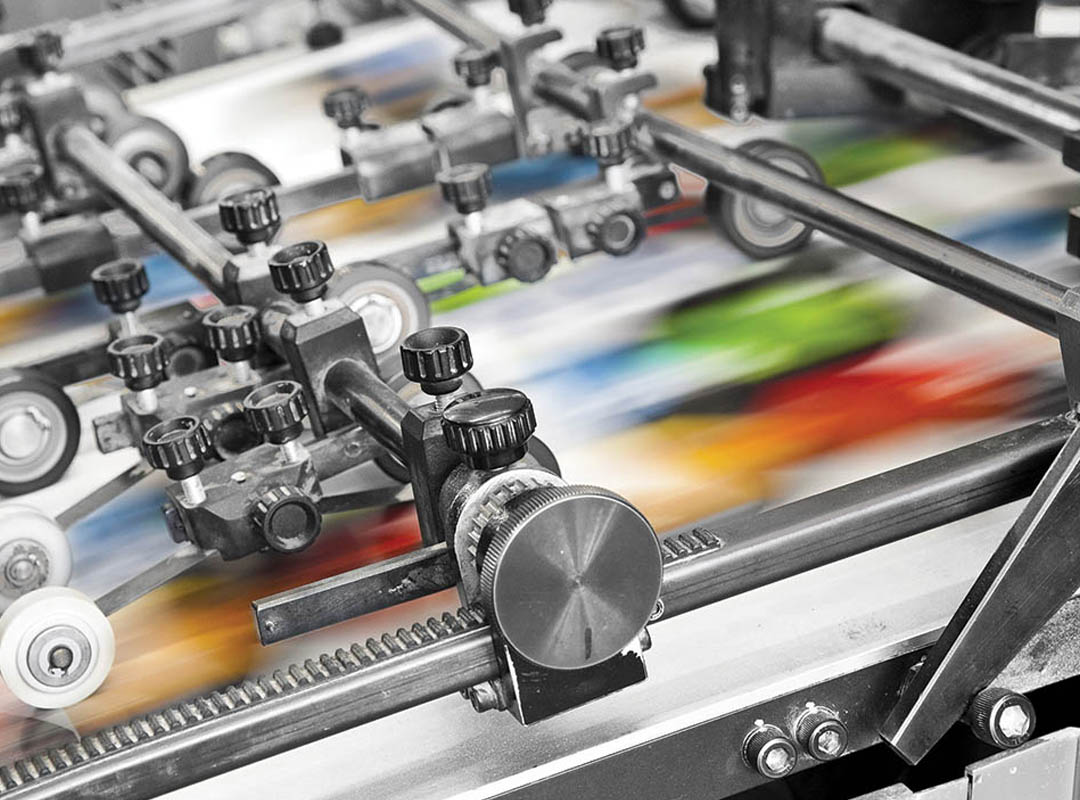
Offset Vs Digital Printing
May 7, 2014There are many who say that printing and paper use harms the environment and destroys entire forests. When they see a package of printed pages, they look at it in horror and wonder why it wasn't electronically printed. Is paper really that damaging or is it a myth?
Many companies involved in graphic arts, publishing and printing have changed their way of doing business by adopting green policies. They use recycled paper for the most part, and promote recycling themselves both inside and outside their company. Overseas they have gone more drastically with the paper issue, for example in Australia. There they get the paper from specially certified forests that produce paper for printing. The cycle continues with 77% of products being recycled. In other countries, such as Canada and Britain, large publishing houses use only recycled paper. According to research by software company McAfee, internet use requires 33 billion kilowatt hours (Kwh) per year, the equivalent of 7.5 billion litres of petrol. Considering that a household spends an average of 41 Kwh per day, it is easy to see how much the use of the internet harms the environment. Compared to the above, paper leaves a lower carbon footprint. With a unified strategy by the companies that deal with it and do the work involved, such as printers, paper can become the greener choice. Here in Greece, apart from recycled paper, every company can recycle materials from its corporate activities. At the same time, it is a good idea for every office, every business to try to reduce energy waste and make their facilities "greener". The bottom line is that it is not enough to reduce paper printing to save the environment. Recycling, using recycled paper and reducing energy consumption are some of the steps that will make the effort to save the ecosystem more comprehensive.



